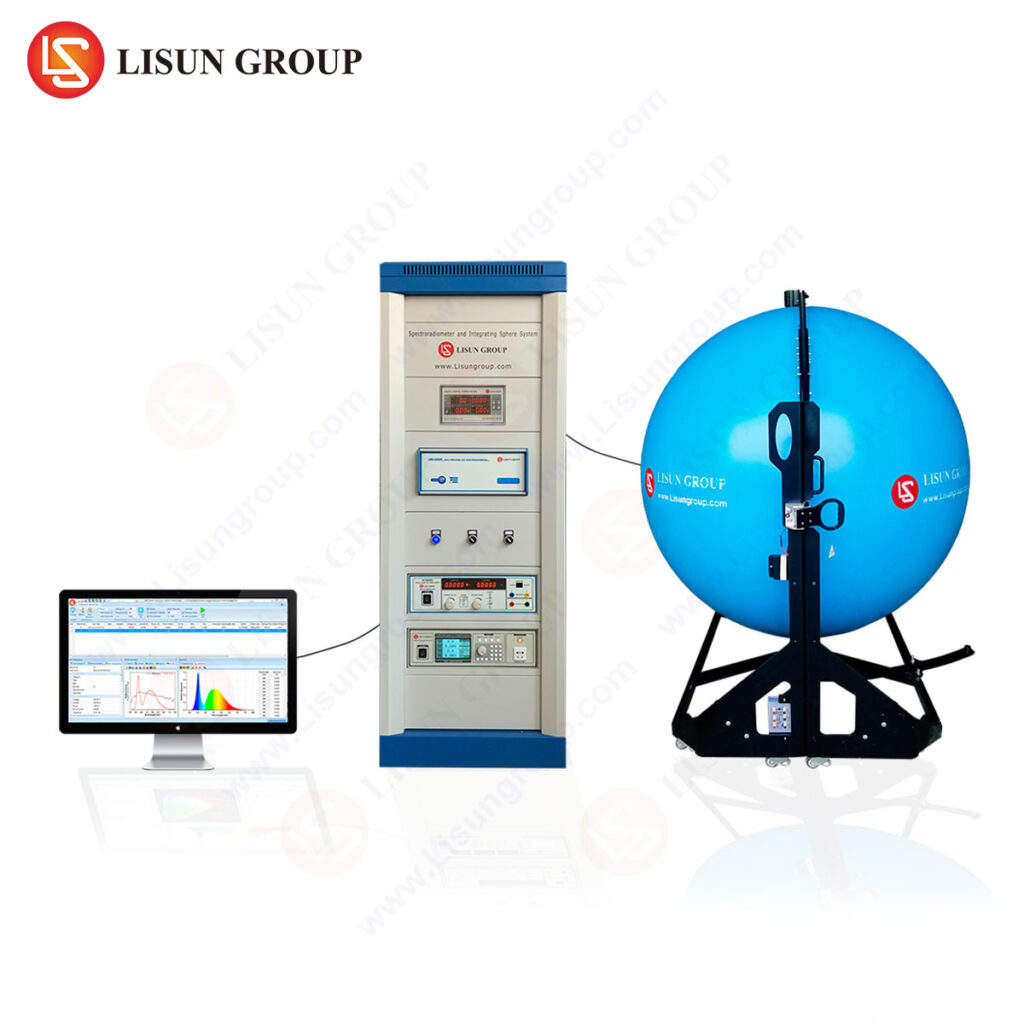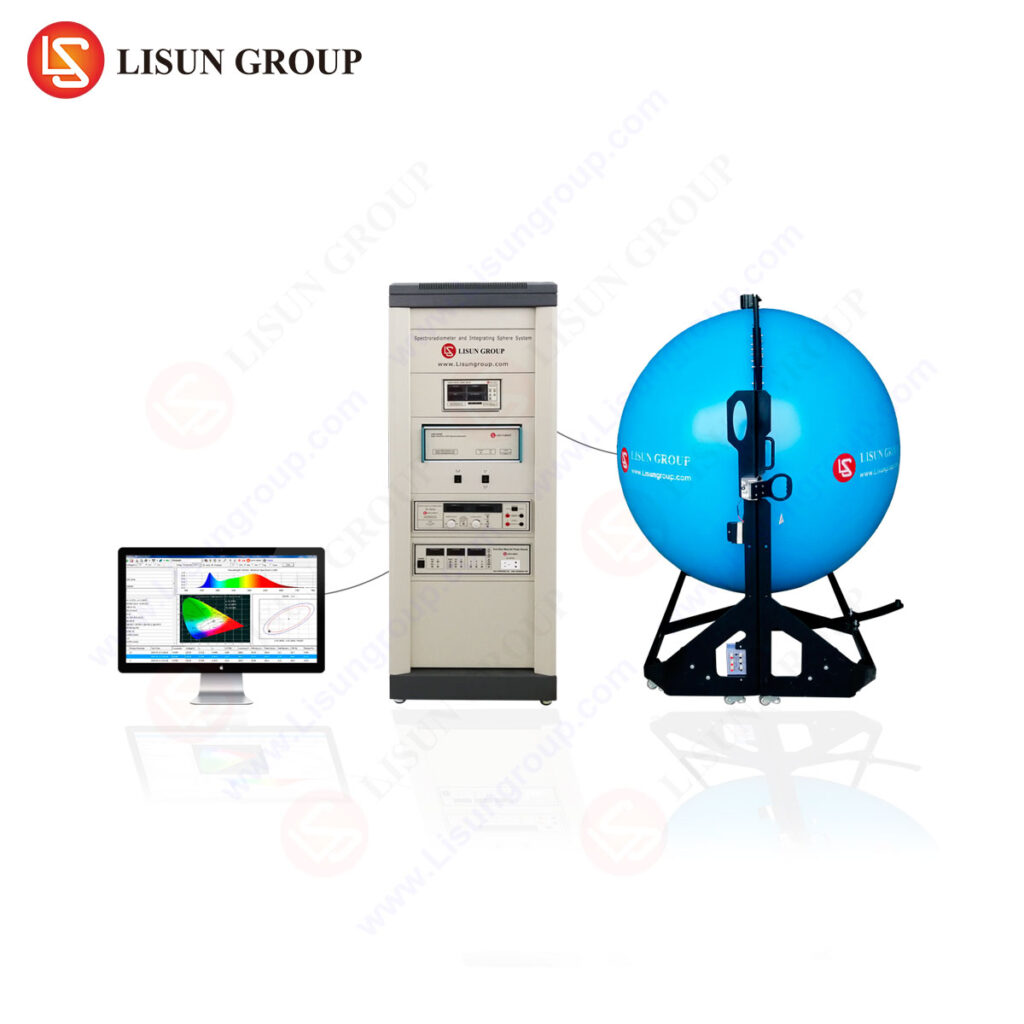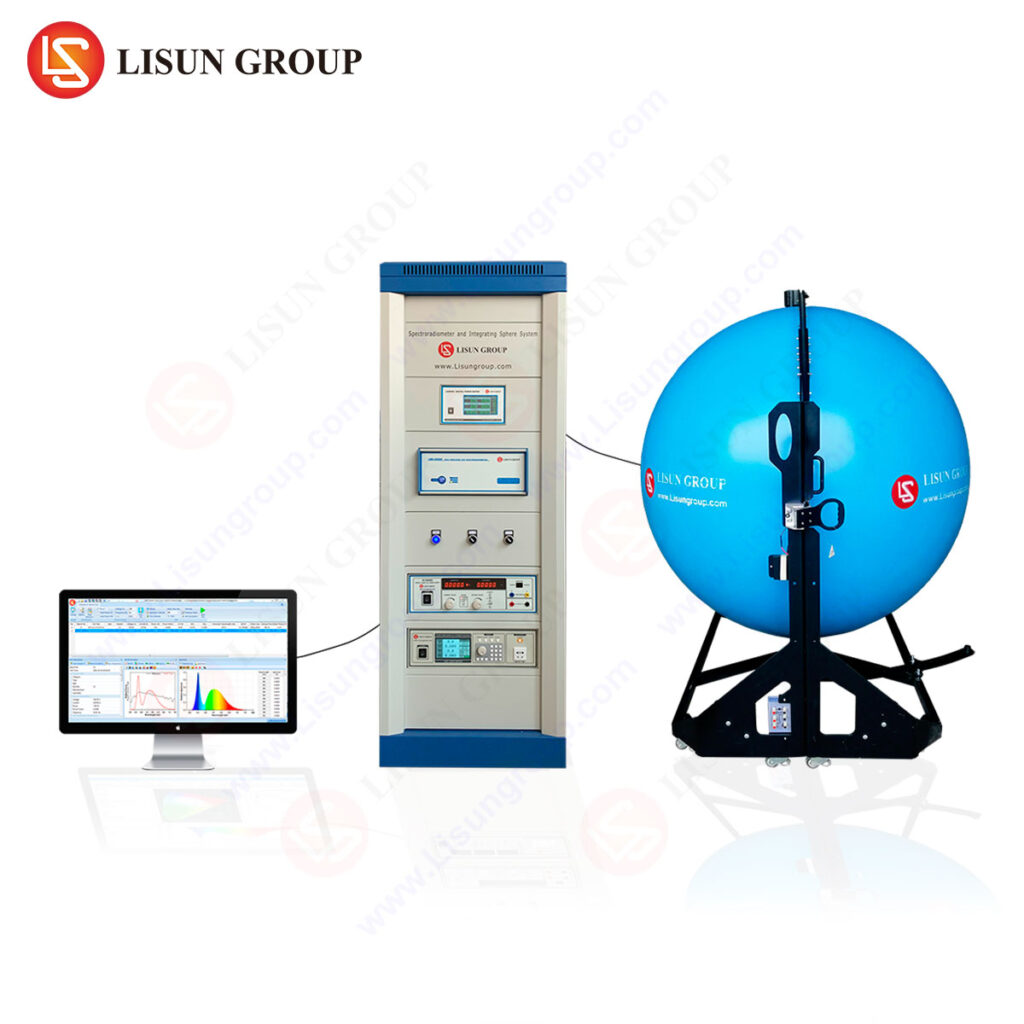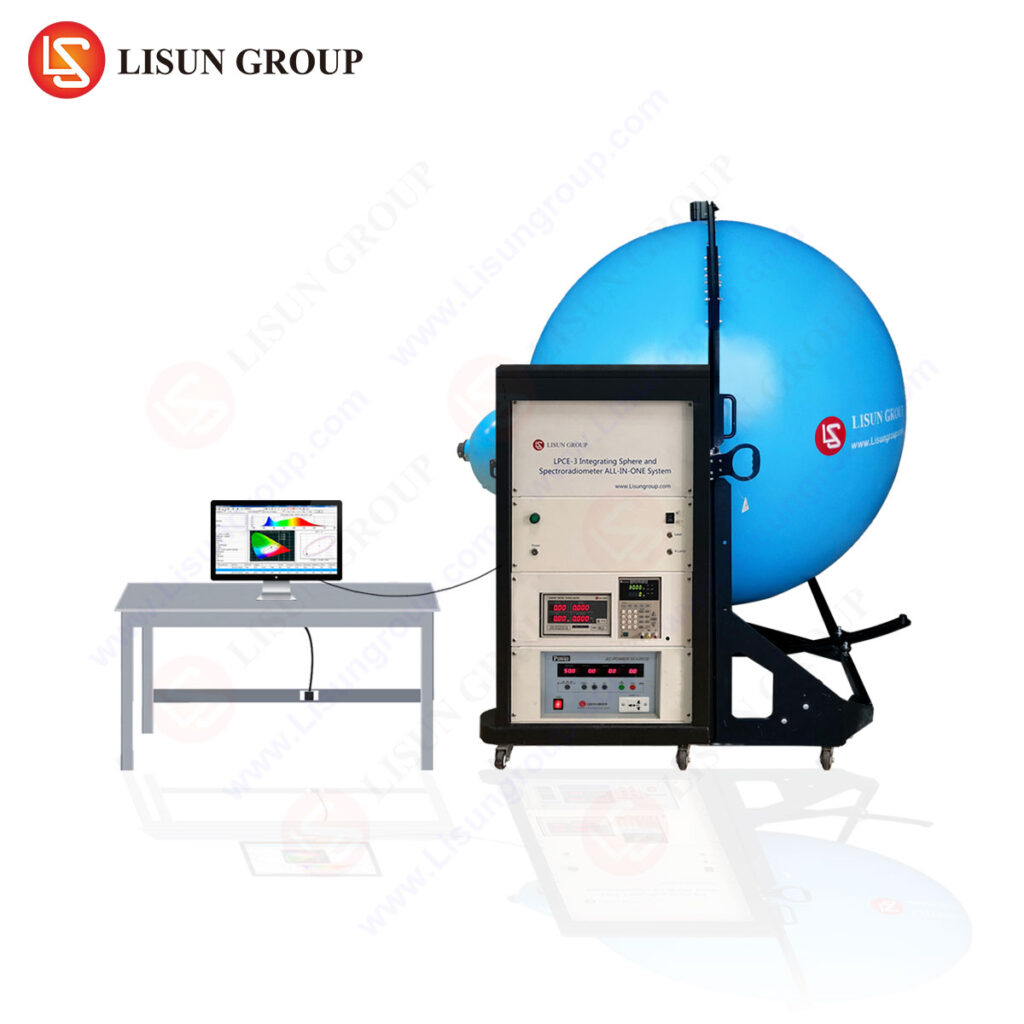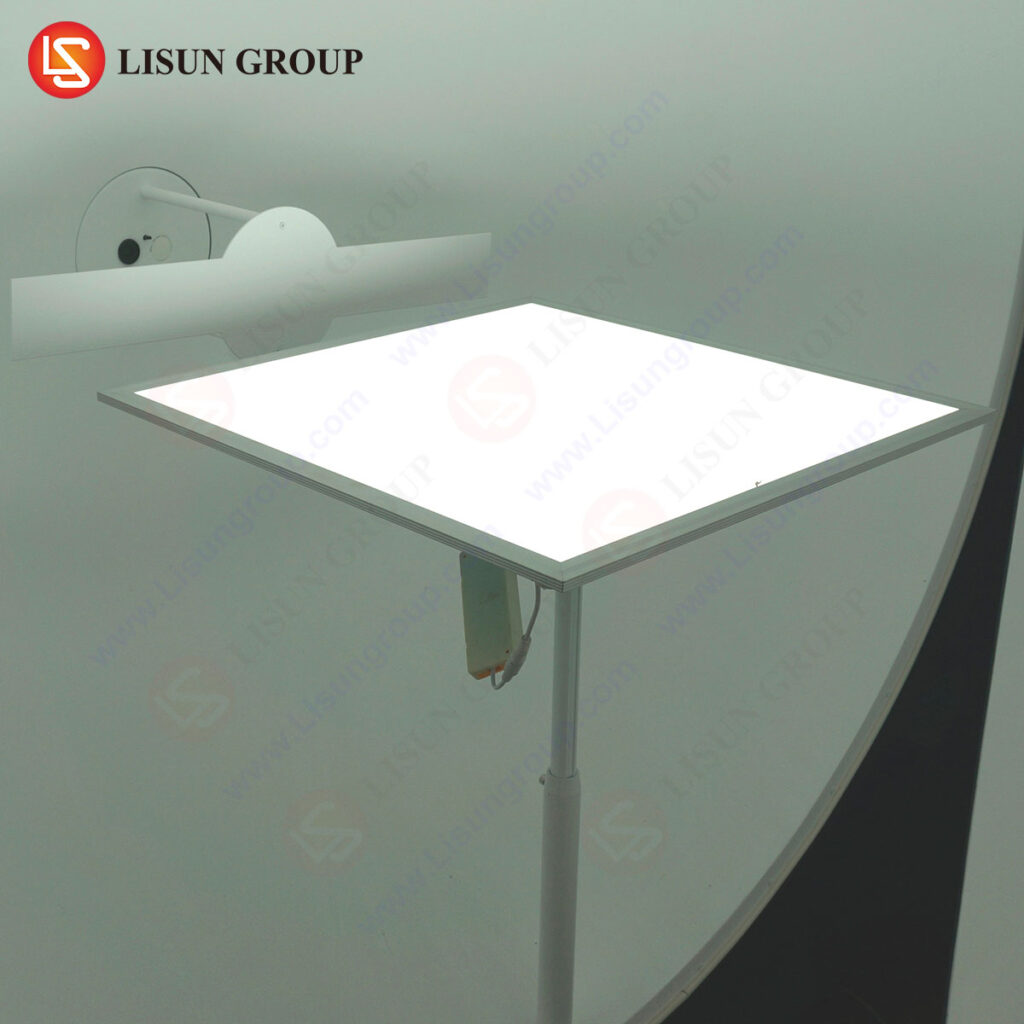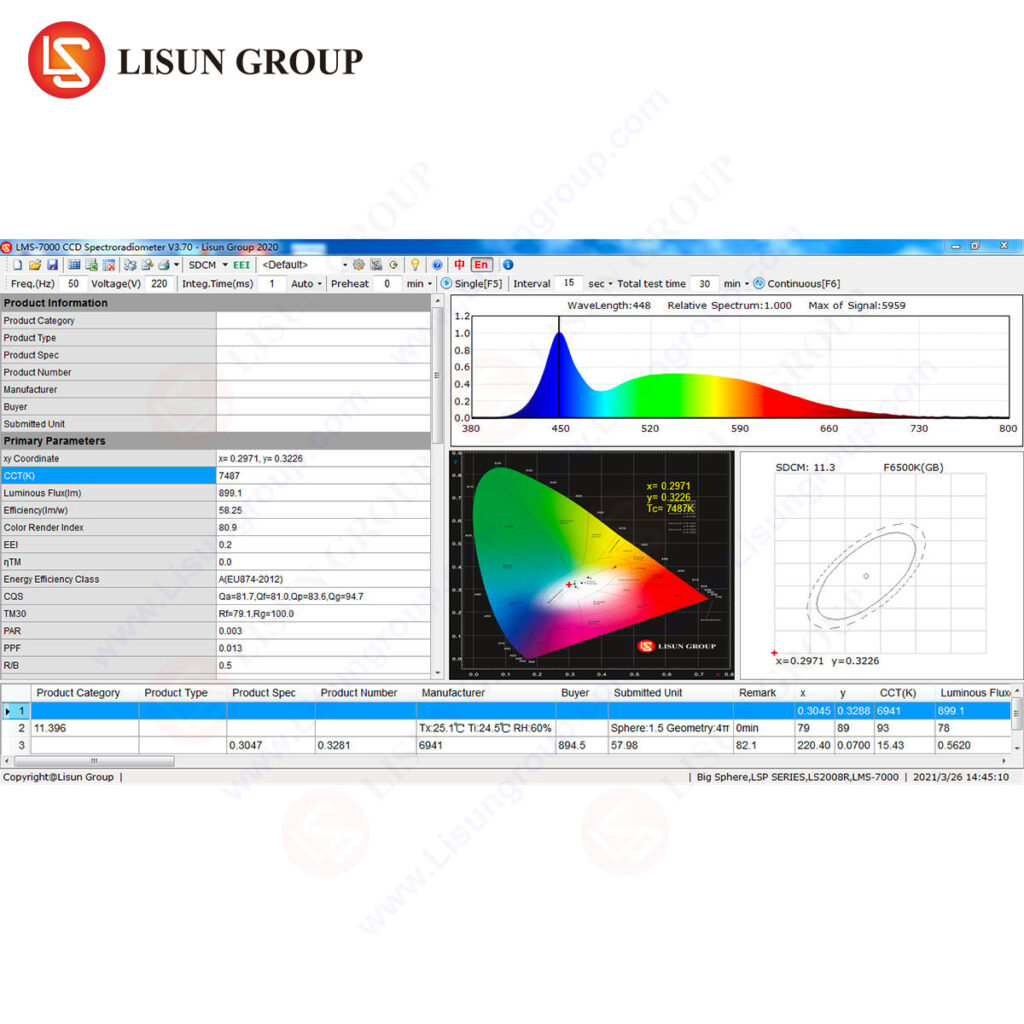Introduction to led testing with Photoelectric Meters
LED lighting has become increasingly popular in recent years due to its energy efficiency and long lifespan. However, it is important to ensure that LED luminaires are properly tested to ensure they are functioning correctly and safely. Photoelectric meters are a great tool for testing LED luminaires, as they provide accurate and reliable readings. This article will explore the benefits of LED testing with photoelectric meters and how they can be used to test LED luminaires.
Benefits of LED Testing with Photoelectric Meters
Photoelectric meters are a great tool for testing LED luminaires, as they provide accurate and reliable readings. They are also easy to use and can be used to measure a variety of parameters, such as light intensity, color temperature, and power consumption. Additionally, photoelectric meters are relatively inexpensive and can be used to test a variety of LED luminaires.
Photoelectric meters are also useful for testing the safety of LED luminaires. They can be used to measure the amount of current flowing through the luminaire, which can help to identify any potential safety hazards. Additionally, they can be used to measure the amount of heat generated by the luminaire, which can help to ensure that it is not overheating.
How to Use Photoelectric Meters to Test LED Luminaires
Using a photoelectric meter to test LED luminaires is relatively straightforward. First, the luminaire should be connected to the meter and the power should be turned on. The meter should then be set to the desired parameters, such as light intensity, color temperature, and power consumption. Once the settings are adjusted, the meter can be used to measure the desired parameters.
It is important to note that the readings taken with a photoelectric meter should be compared to the manufacturer’s specifications. This will help to ensure that the luminaire is functioning correctly and safely. Additionally, it is important to ensure that the meter is properly calibrated before use.
Conclusion
LED testing with photoelectric meters is a great way to ensure that LED luminaires are functioning correctly and safely. Photoelectric meters are easy to use and provide accurate and reliable readings. Additionally, they are relatively inexpensive and can be used to measure a variety of parameters, such as light intensity, color temperature, and power consumption. By using a photoelectric meter to test LED luminaires, it is possible to ensure that they are functioning correctly and safely.
FAQs
Q: What are the benefits of LED testing with photoelectric meters?
A: The benefits of LED testing with photoelectric meters include accurate and reliable readings, ease of use, and the ability to measure a variety of parameters. Additionally, they are relatively inexpensive and can be used to test a variety of LED luminaires.
Q: How do I use a photoelectric meter to test LED luminaires?
A: To use a photoelectric meter to test LED luminaires, first connect the luminaire to the meter and turn on the power. Then, set the meter to the desired parameters and use it to measure the desired parameters. It is important to compare the readings to the manufacturer’s specifications and to ensure that the meter is properly calibrated before use.

